It’s Not Easy Being Green
Green Bench Brewing Co. has this bench located at their establishment. Their goal as a company is to bring awareness to the history behind the benches, rather than shielding our community from it.
What do you think of when you hear “The Big Apple”? New York, right? You can find at least one nickname for almost every city. Seattle is the “Emerald City,” Las Vegas is the “Sin City,” Chicago is the “Windy City,” the names are endless. Usually, these nicknames are chosen to emphasize a trait or identity of a location. So, how did St. Petersburg become the “City of Green Benches”?
There used to be 3,500 dark hunter-green benches covering downtown St. Petersburg, which were popular places for people to sit and cool down, or talk to friends, family, and strangers as they shopped in the hot weather. But how did this start? How did these seemingly mundane structures become the icon of St. Petersburg?
It started in 1908 when Noel Mitchell placed 50 bright orange benches outside his business to attract customers. This worked exceptionally well, which resulted in other businesses doing the same, culminating in thousands of benches emerging in the downtown area.
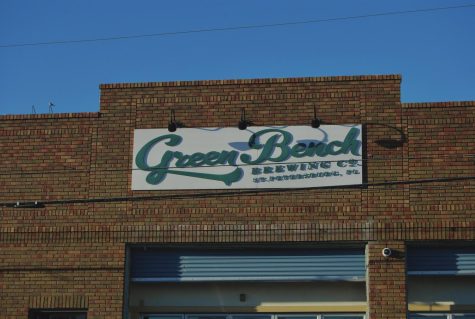
In 1916, the mayor, Al Lang, passed an ordinance overseeing the color and size of the benches: thus the benches all being primarily green. Nonetheless, nothing lasts forever, and the benches were officially removed in 1961 after an ordinance was passed to have them cleared. However, it is believed that this was for the best since the benches themselves highly symbolized racism and segregation. Exclusively white residents were allowed to relax and mingle on the benches, while other members of society were condemned to the sidelines, having to stand and watch. Although there were no laws actually in place to prohibit black residents from using the benches, police officers would only allow white residents to sit on them.
When telling people what I chose to write about for this article, the most common and essentially the only response I got was “You’re writing about benches?”. After clarifying that I was in fact writing the story behind the green benches and not the benches themselves, the reaction was largely surprise. You would think if we had so many benches downtown to the point, we would be put on the map because of it. It had such an intense impact, that more people should know about it. Personally, I only knew about these landmarks of St. Petersburg from my family that had been here when it happened.
While the green benches are no longer a part of St. Pete, and for good reason, we should still not pretend as if they were not a part of our past. People need to be informed when it comes to our history, that way we can do better for our future.


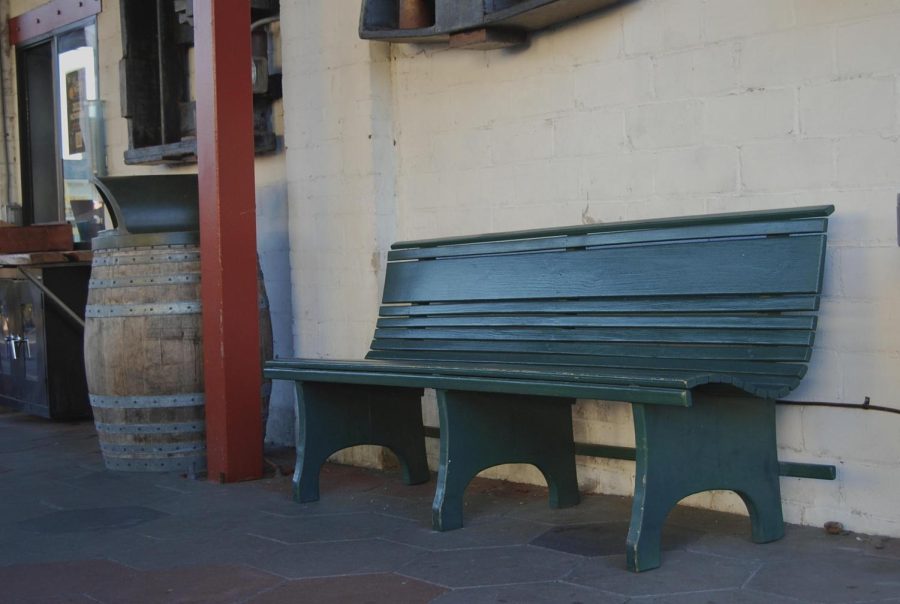




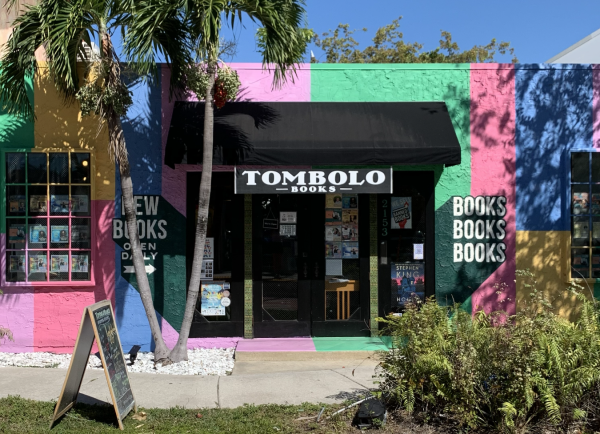
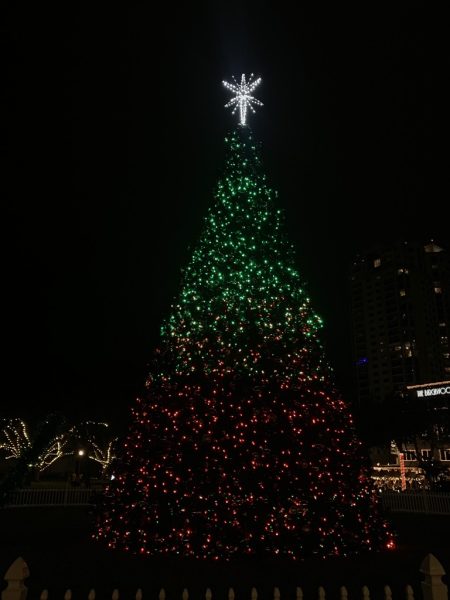



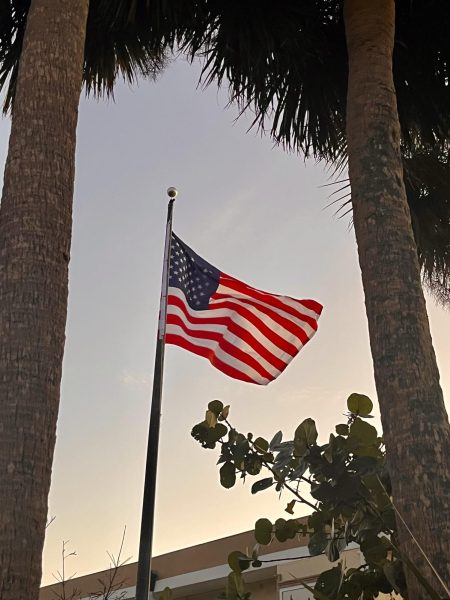

Lillian • Oct 28, 2022 at 11:47 am
Amazing work! I learned something I did not know about St. Pete history.
Peyton P. • Oct 27, 2022 at 12:59 pm
Wow a 10/10 article by a 10/10 journalist I feel like a proud mom right now!